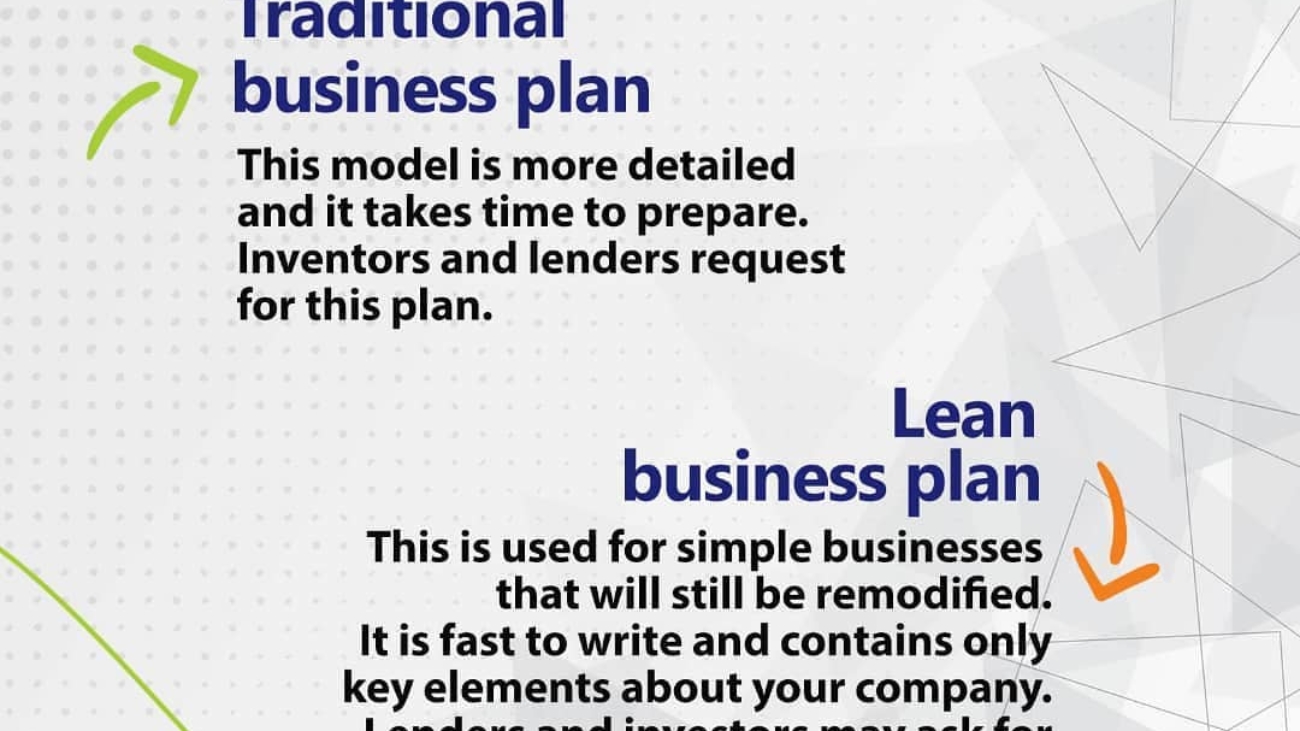In line with company’s strategy of fostering the growth of Small and Medium Enterprises in the country, AXA Mansard Insurance PLC, a member of the AXA Group and global leader in insurance and asset management, wishes to announce the launch of its ‘Business Insurance Plan’.
READ ALSO: ITF to Train Seven Million on Agric, Construction, Others
The official launch of this product took place on the 25th of March 2021 at AXA Mansard’s office at Ozumba Mbadiwe Road, Victoria Island.
The Business Insurance Plan (BIP) is a one-stop insurance solution that addresses the business risk exposures of small and medium enterprises. It is a pot-pourri of highly beneficial insurance risks management solutions bundled together. These solutions include Business Content, Group Personal Accident, SME Life, Health Care, Public Liability, Optional Covers, Professional Indemnity, Comprehensive Motor, Stock and General Conditions.
Every business comes with a certain amount of risk. Although pitfalls and challenges cannot be avoided, but they can be mitigated with the proper precautions, planning, and Insurance coverage. These risks and pitfalls are what the Business Insurance Plan seeks to address.
The BIP is available for purchase seamlessly on the company’s transaction website. www.axamansard.com. Purchases can also be made through sales agents and at any of our offices nationwide.
Speaking at the event, the Chief Executive Officer of the company, Mr Kunle Ahmed stated, “Our aim is to deliver the appropriate solutions for small to medium enterprises at a competitive price. It is our expectation that this product will enable the SMEs hedge the risks they face and focus on strategizing and growing their businesses knowing that they are protected.”
With 17.4 million SMEs in Nigeria, the role they play in the growth & development cannot be overemphasized. They are a significant force in reducing unemployment and accelerating GDP growth. We are therefore very excited to be able to provide this innovative solution that ensures they continue to thrive.
The Chief Client Officer, Mrs Rashidat Adebisi stated that “the driving force behind the development of this product is AXA’s purpose which is to “Act for human progress by protecting what matters”. At AXA Mansard, we care about people and their businesses, therefore we constantly listen, think and innovate.”




